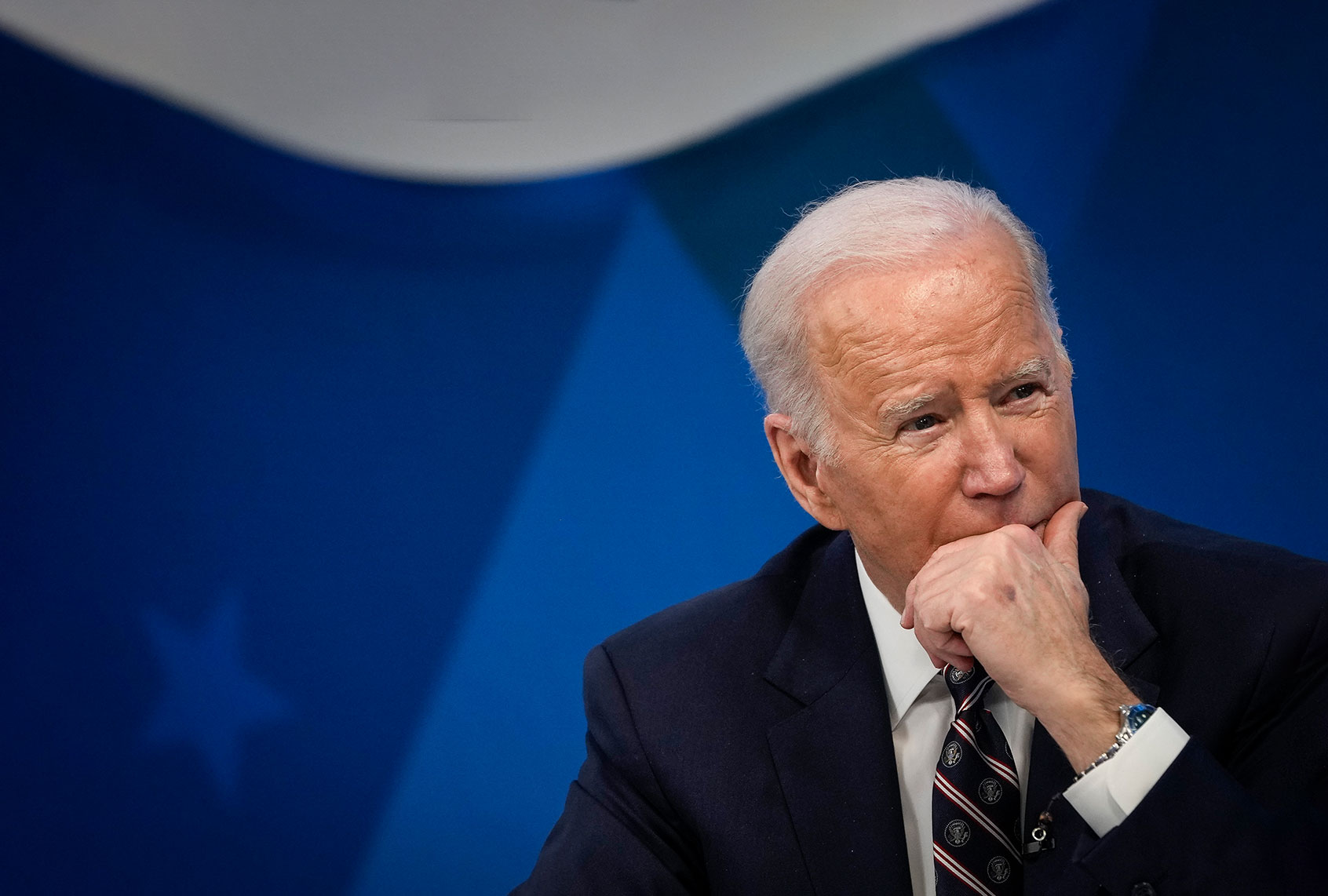Low-income families will be able to lower their utility bills with $3.16 billion in funding for home retrofits made available by the Biden administration on Wednesday. The move will also help the U.S. reduce greenhouse gas emissions.
The funding, approved as part of the infrastructure bill that Congress passed last year, will flow to states, tribes, and territories through the federal Weatherization Assistance Program, or WAP.
The surge in federal dollars means that the program will be able to retrofit about 450,000 homes by installing insulation, sealing leaks, upgrading appliances to more energy-efficient models, and replacing fossil fuel-powered heating systems with cleaner, electric options. That’s a significant increase; in recent years, the program has retrofitted about 38,000 homes annually.
The boost to WAP comes amidst an embargo on Russian oil, soaring energy prices, and rising inflation — circumstances strikingly similar to those when WAP was created in the 1970s. Congress authorized WAP in 1976, just a few years after the Organization of Petroleum Exporting Countries imposed an oil embargo against the U.S., causing energy prices to spike and inflation to climb. Lawmakers reasoned that one way to achieve energy independence was to reduce energy demand by making buildings more efficient.
Now, the current administration sees WAP as a tool for curtailing greenhouse gas emissions and promoting environmental justice, too.
Improving energy efficiency and electrifying homes (while also cleaning up the electrical grid) can make a significant dent in the U.S.’s greenhouse gas emissions. According to the Environmental Protection Agency, the residential sector was responsible for 20 percent of the country’s greenhouse gas emissions from fossil fuel combustion in 2020.
It can also be a way to improve the finances and health of environmental justice communities. Department of Energy eligibility guidelines allow households bringing in less than twice the federal poverty income level to apply for WAP, meaning a family of four can apply if their combined income is less than $55,500 a year. The agency estimates that the program helps the families served save an average of $283 on their utility bills each year.
Electrifying homes can improve people’s health, and even save lives. Studies have found that gas stoves release hazardous levels of air pollution, and are especially harmful to children. A Harvard study found that fine particle pollution from gas-burning appliances in residential and commercial buildings caused nearly 6,000 premature deaths nationwide in 2017.
Jasmine Graham, energy justice policy manager at WE ACT for Environmental Justice, a group founded in West Harlem, applauded the administration for boosting funding for WAP, but pointed out that energy woes aren’t the only challenges plaguing environmental justice communities. “Residents of these communities tend to live in older, under-maintained housing that often has issues such as mold, lead, and asbestos,” she said. She hopes that the Biden administration will also do more to address these concerns.


